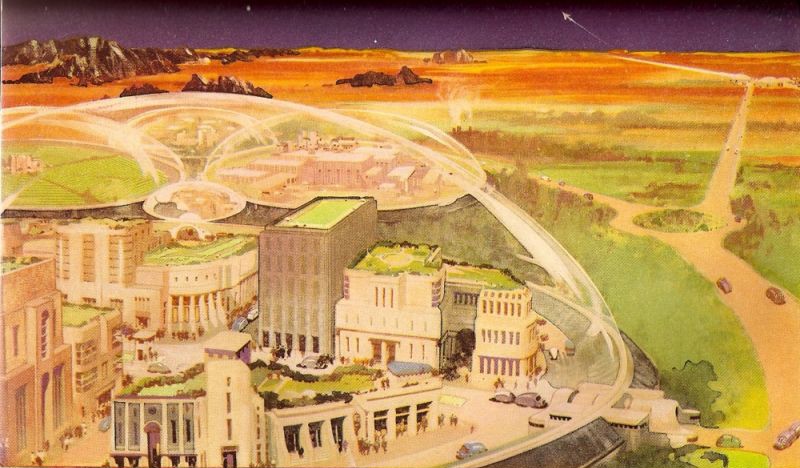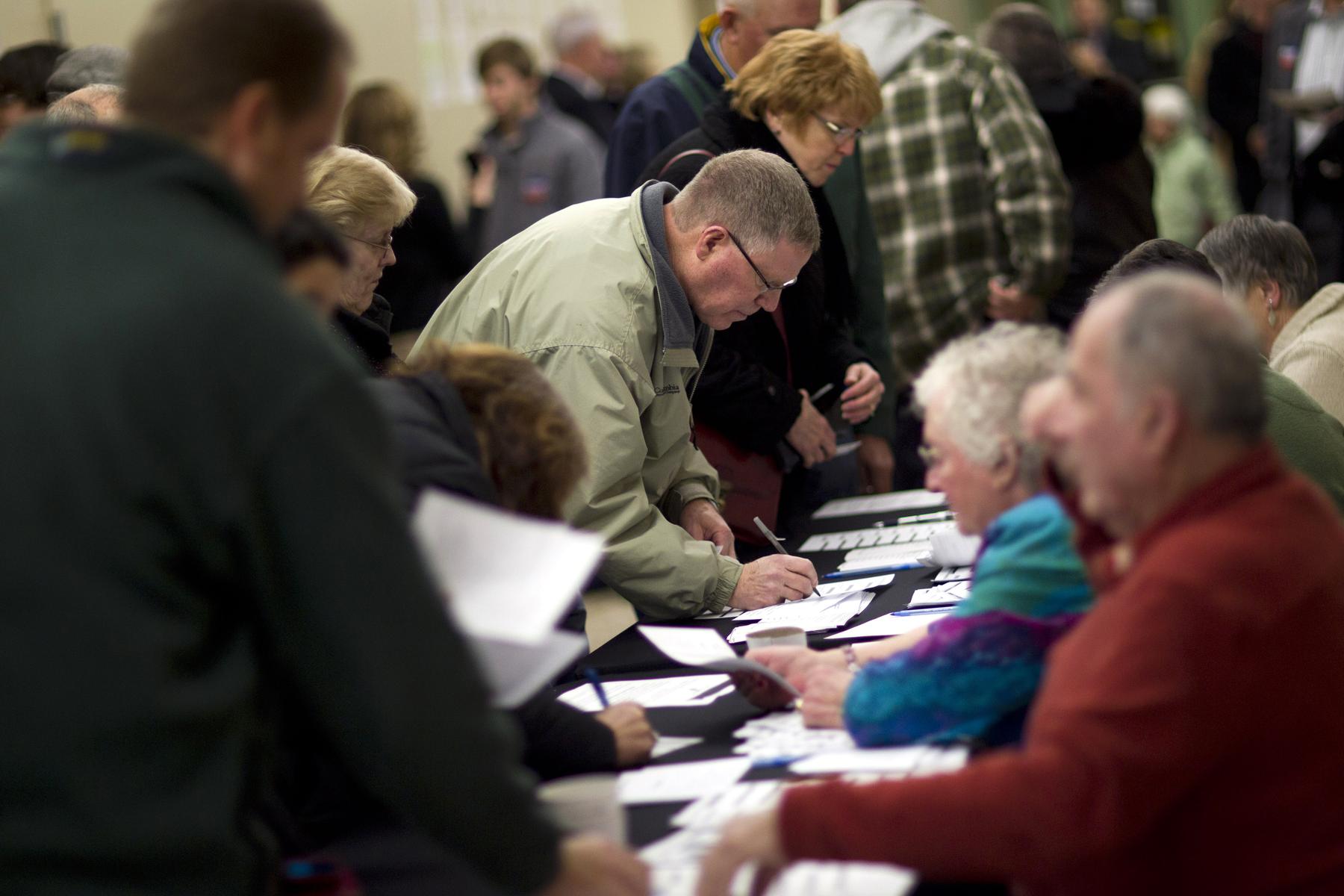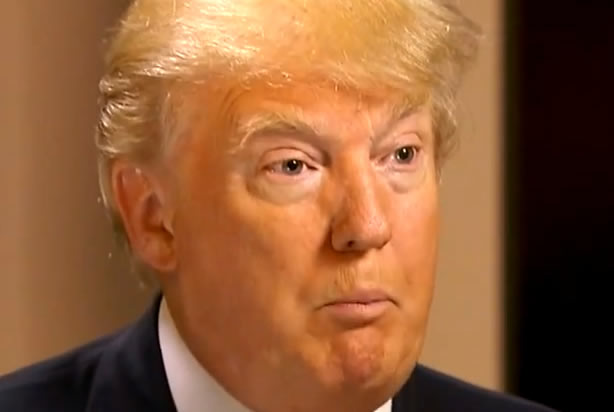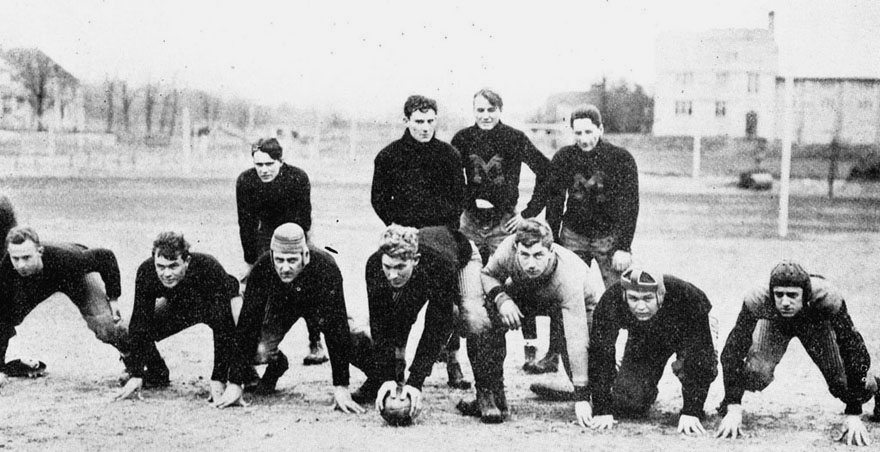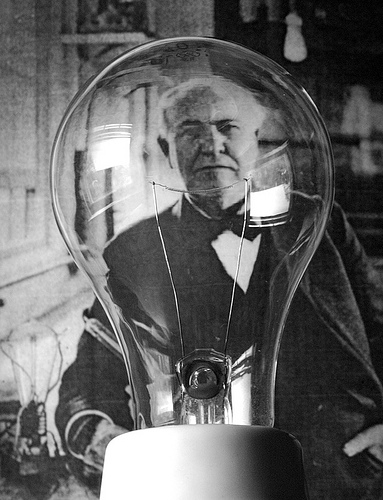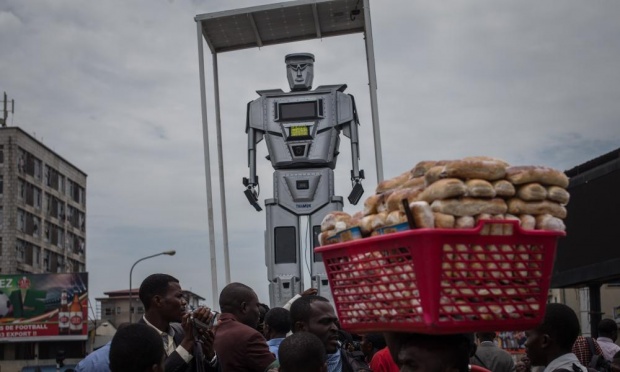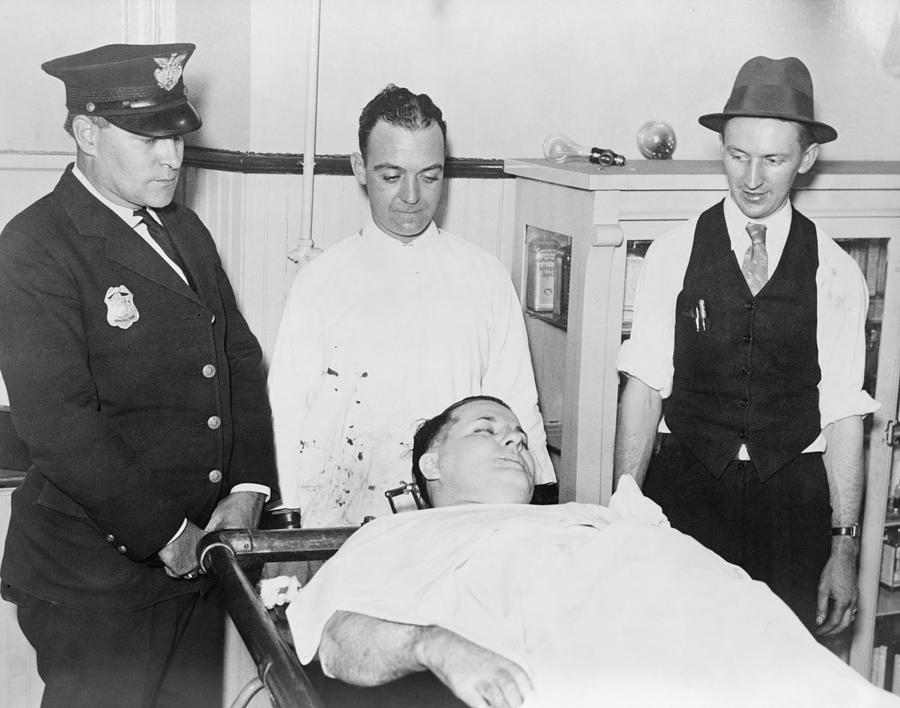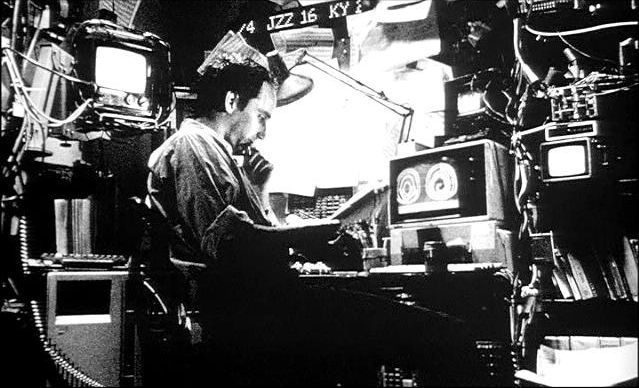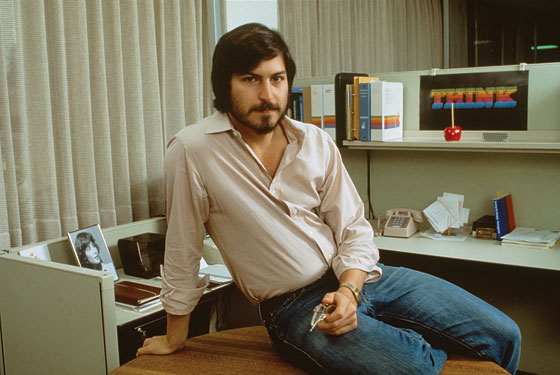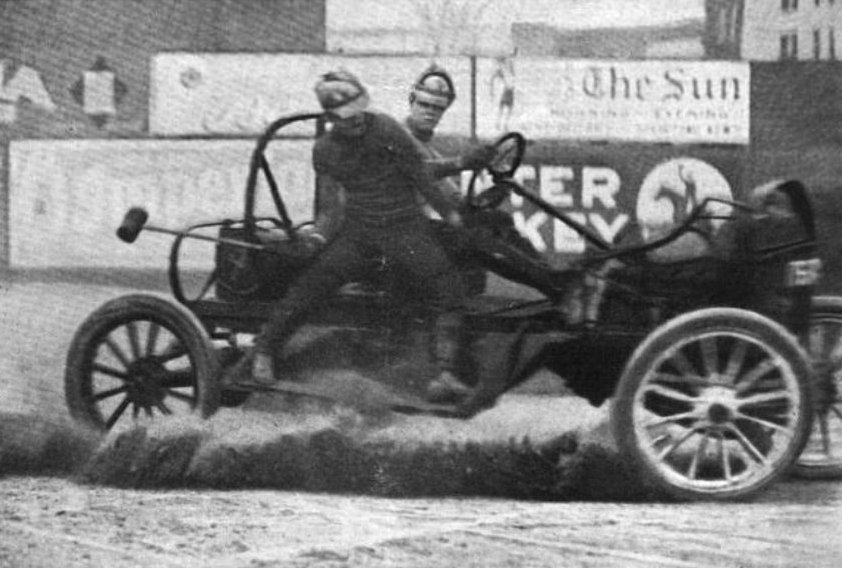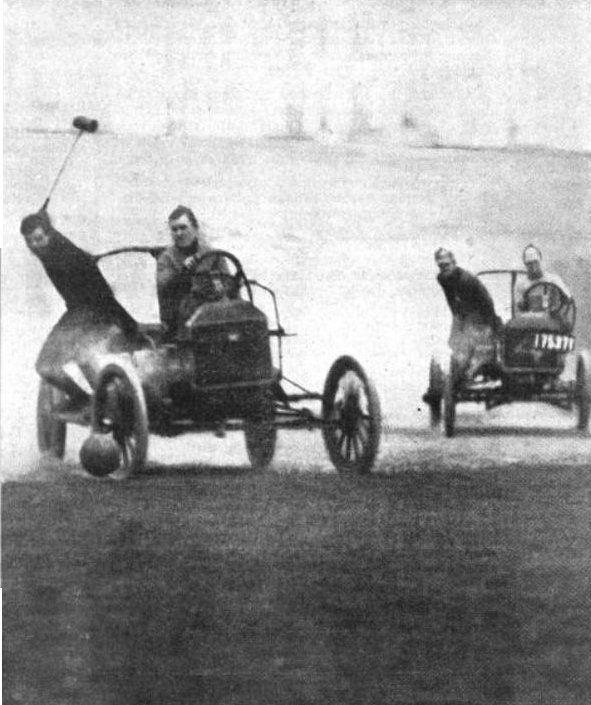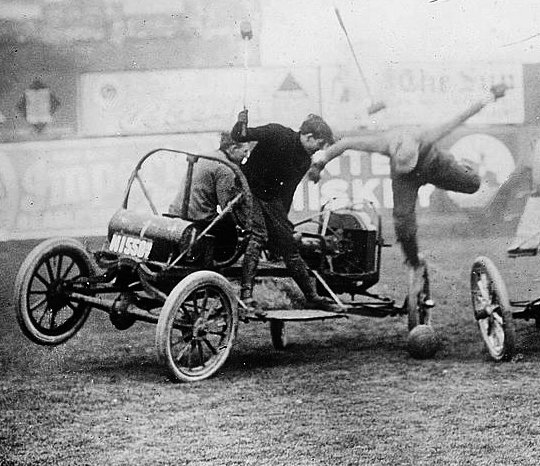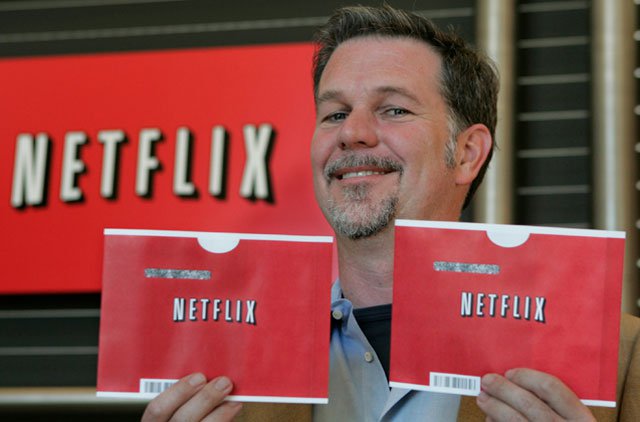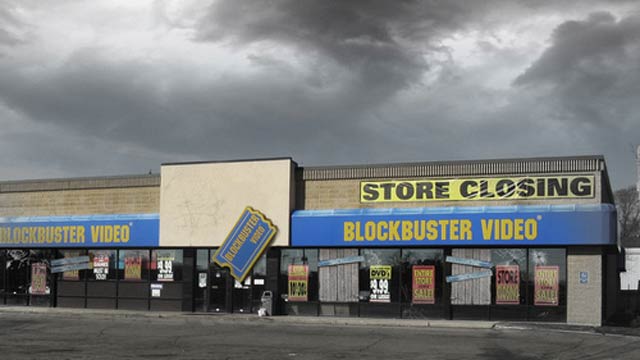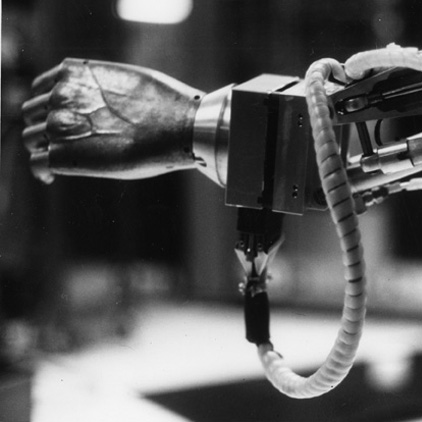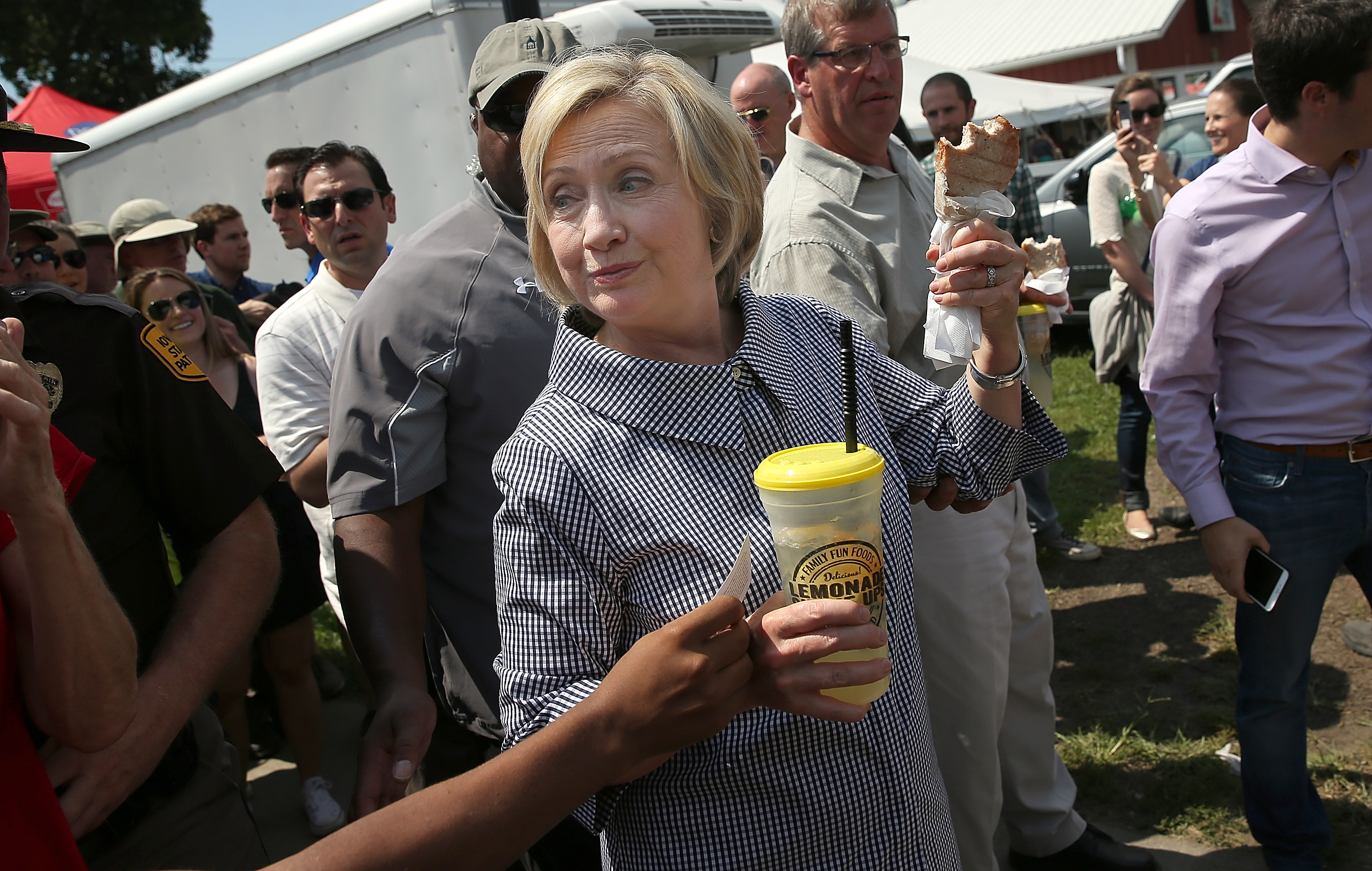
Nothing has been better than the New York Times’ day-to-day coverage of the 2016 Presidential race which kicks off in earnest tonight in Iowa. The work by reporters like Maggie Haberman, Michael Barbaro and Trip Gabriel has been lively, lucid and layered, a Herculean task in the new normal of the nonstop churn. Gabriel, who’s been stationed in first-in-nation state for a year, just did an Ask Me Anything at Reddit. A few exchanges follow.
_____________________________
Question:
As an Iowan, I’ve long been skeptical of our First in the Nation status when it comes to narrowing the field of presidential candidates, largely because of the small (tiny) non-representative population. Of course, that’s a risky opinion to have here, so I was wondering, do you feel Iowa perhaps has too much influence on the process? Or has your time in Iowa helped justify it’s position as FITN in your mind?
Trip Gabriel:
I change my mind about Iowa’s role weekly. On the plus side, it’s a state where a candidate without money can spend a lot of time doing retail campaigning. If I was reporting from Florida today, the race would be much more about who has the millions for TV ads. But yes, Iowa is unrepresentative of America, not just demographically (very white) but also ideologically. Republicans are very conservative here, and Democrats are very liberal — 43 percent called themselves “socialists” in a Des Moines Register poll this month.
_____________________________
Question:
What, exactly, is stopping a big state like NY, Texas, California or Florida from just moving up their primaries to before Iowa and simply beating back party leaders through their sheer importance in population/delegates?
Trip Gabriel:
The national parties, which control the nominating convention, write the rules, and they can — and have — discounted the delegates from states that try to jump ahead of the traditional early-voting states. That said, the GOP chairman Reince Priebus is not a fan of the four early “carve-out states” and wants to see a regional primary system that would spread the responsibility for choosing the nominee more broadly.
_____________________________
Question:
Who in the GOP side has the most extensive field operation in Iowa? I went to a couple of rallies this past weekend and didn’t see much volunteer recruitment from Trump or Rubio rallies.
Trip Gabriel:
Ted Cruz has the biggest field operation on the GOP side. He has a college dorm in Des Moines that has housed waves of volunteers from out of state. Jeb Bush, Trump and Rubio have lighter footprints, but they are still playing. I met a Rubio volunteer from Chicago at one of his events over the weekend, asking people to sign “commit to caucus” cards. You wouldn’t see much fresh recruitment of volunteers at this point. It’s all about GOTV — getting out the voters who you know support you.
_____________________________
Question:
Why do you think Rubio has failed to consolidate support? I think a lot of people expected he would emerge as the alternative to the anti-establishment trump and Cruz, but his performance has been pretty lackluster. What is he doing wrong, and do you expect to see an “establishment” candidate emerge eventually?
Trip Gabriel:
I think Rubio sent confusing messages about who he was running against. For a long time he contrasted himself with Cruz, trying to look equally conservative on immigration, promoting a “dark days for America’s future” message. Lately he has returned to his message of optimism. I do expect the anti-Trump, anti-Cruz voters to rally around one candidate eventually. The question is whether it will be too late, ie after Super Tuesday.
_____________________________
Question:
How much do you think Hillary and Bernie’s positions on climate change and fossil fuels will play into the Democratic winner?
Trip Gabriel:
I was interested to see in the new Q-Pac poll that 11 percent of Dems ranked climate change as their top issue, a pretty strong showing (only health care and the economy ranked higher). Sanders was earlier and stronger on climate change, opposing the Keystone XL pipeline for example, but Clinton has since rolled out strong proposals, going beyond even the Obama administration. If climate change is your top issue, you’d probably be happy with either candidate at this point and might be also asking about who would be most effective in getting something done.
_____________________________
Question:
Who do you think is most likely to win the Iowa Caucuses on either side? Will you be in a Caucus room while it is happening. If so, what will it be like?
Trip Gabriel:
As of this moment (and this really does change moment to moment), I’m expecting good nights for Trump and Clinton. Take it with a grain of salt, or maybe a whole shaker — we “experts” have been wrong over and over about the races this year.
_____________________________
Question:
Something I haven’t seen anywhere: What is your plan after Iowa?
Trip Gabriel:
Heading to South Carolina, the first-in-the-South primary.•





